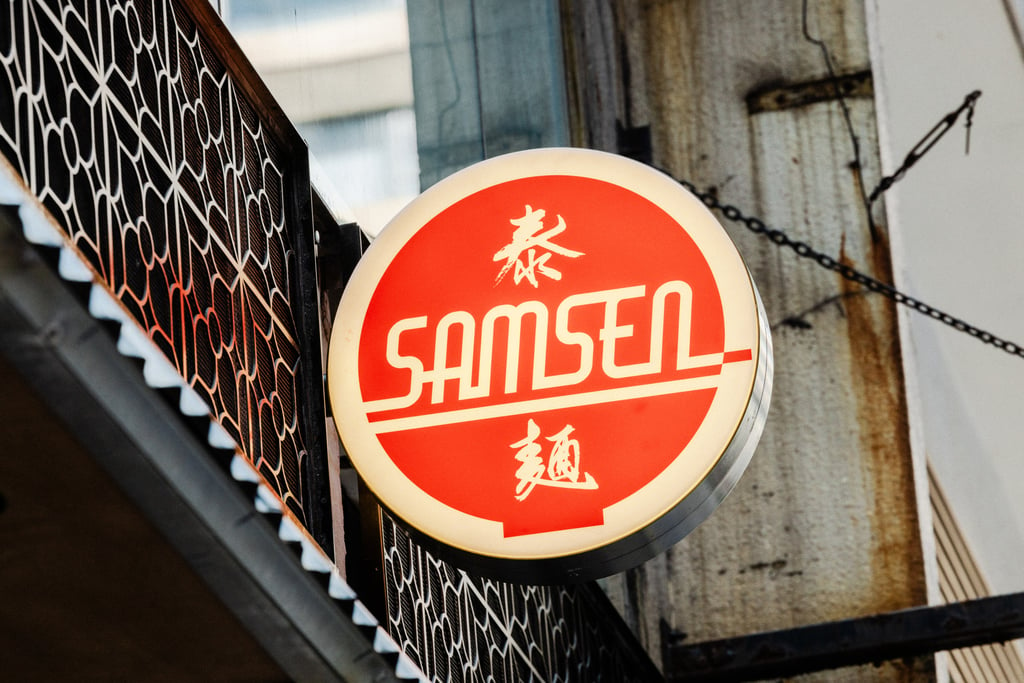Inside the explosive success of Samsen, Hong Kong’s famous Thai-Chinese restaurant
With their third location only just opened, Samsen co-founders Adam Cliff and Bella Kong have built a brand bigger than either of them could have ever imagined

In life, three things are certain: death, taxes and queuing for a meal at Samsen. And as it turns out, even Samsen’s founders, Adam Cliff and Bella Kong, aren’t exempt from the third. “When I go to Samsen, I will queue,” says Cliff with a good-natured laugh, as we chat over iced lime tea ahead of the opening of their much-anticipated third location in Central, Hong Kong. “We appreciate people waiting to get a table at Samsen and I feel awful jumping in front of them.”
In the pantheon of F&B personalities, Cliff and Kong are among the most discreet. When not in his chef’s whites, Cliff, a soft-spoken Australian who can converse in Thai and Cantonese, can be found dressed in a plain black T-shirt, dark jeans and functional Blundstone boots, a permanent furrow between his brows giving the impression of a mind constantly deep in thought. Kong, meanwhile, comes across as a sharp but warm headmistress – across the Samsen branches, she handles finance and administration. “I trust Bella blindly,” says Cliff. “Too blindly, probably!”

Their dedication to democratising good food is just one of the many ways in which the Thai-Chinese restaurant chain has blazed its own path since it opened in 2016, on a quiet street in Wan Chai in the shadow of the historic Blue House.
Inspired by the cuisine of Bangkok’s Chinatown, there was little indication when it opened that the eatery would become the culinary destination it is today. Back then, Cliff was a late-twenty-something chef who had dropped out of school to enter the restaurant business, training under David Thompson at Nahm, Bangkok, and who had built a respectable following at northern Thai restaurant Chachawan, in Sheung Wan. However, the direction he proposed to Kong – who he met during service, and who would later drop her career in education to jump headlong into the restaurant business with him – was entirely untested.

Featuring six types of soup noodles with two sharing dishes, the original menu was based on the Thai way of eating individually. But what the couple quickly found out was the too-strong association among local diners between Thai food and family-style dishes, as they discovered on the first night of welcoming friends and family. To their dismay, every large group ordered soup noodles to share among everyone at the table.


